Among the 12 zodiac animals, the dragon is a mythical creature, a crystallization of imagination in the culture of ancient East Asians. (Photo: tuoitreonline)
Dragons are the result of the rich imagination of the Eastern people and their ancient cultural philosophy. Dragons have entered human life in almost all aspects of production, architecture, festivals, art, and even in temples and pagodas… In the East, the dragon is the foremost of the four mythical creatures symbolizing prosperity and human strength, known as the Four Sacred Animals: Dragon,麒麟 (Kirin), Turtle, and Phoenix.
For Vietnamese people, the dragon has always been a sacred symbol; flying dragon, reclining dragon, ascending dragon, and descending dragon are all considered celestial symbols. The dragon symbol represents the emperor, symbolizing royalty, nobility, power, and invincible strength. Therefore, anything belonging to the emperor has a "dragon" element. The emperor's residence is called the "dragon palace," the emperor's bed is the "dragon bed," the emperor's body is the "dragon body," the emperor's face is the "dragon countenance," and the emperor's robe is the "dragon robe" embroidered with a five-clawed dragon... In Vietnam, the image of the dragon is often elaborately and solemnly carved and placed in cultural architecture, in the emperor's palace, or in solemn places such as communal houses, temples, and shrines.
For the Vietnamese, regardless of its form, the dragon remains a sacred creature that brings good fortune, happiness, and prosperity. The Vietnamese dragon is a combination of one or more body parts from various other mythical creatures: a dragon with a unicorn's nose, a lion's mane, deer antlers, fish eyes, a tiger's mouth, a snake's body, eagle's legs, carp scales, a shrimp's whiskers and tail… all parts are seamlessly, logically, balanced, and harmoniously combined to create a majestic, profound, powerful, and noble dragon form; a dragon flying gracefully, a dragon lying majestically… awe-inspiring without malice, elegant yet dignified. Ancient people believed that having dragon paintings or statues (dragon statues) or dragon amulets (a single-sided dragon carving) in the house would ward off evil spirits, beasts, and malevolent deities. Therefore, the dragon has been closely associated with people and their lives. Dragons were revered in the animistic beliefs and spiritual culture of ancient peoples, and were deified in myths and legends.
The legend of the dragon and the fairy, associated with the myth of Au Co and Lac Long Quan, is a shared source of pride for all Vietnamese people. Lac Long Quan, of dragon lineage, married Au Co, of fairy lineage, and they produced a hundred eggs, from which a hundred children hatched. Fifty followed their mother to the mountains, and fifty followed their father to the sea, establishing the Van Lang state, stretching from the deep mountains to the vast ocean. This mythological story explains the origin of the Vietnamese people, a source of pride that has accompanied the Vietnamese nation throughout its culture and history of nation-building for over four thousand years.
Dragons are not only a legend about the Vietnamese people's lineage but also a symbol of our capital city. According to historical chronicles, a dragon appeared on the founding day of the Ly Dynasty, hence the capital was named Thang Long. The dragon is not only a symbol of the king and sacredness, but also a symbol of the country's shape: from Bai Tu Long, Ha Long, Bach Long Vi, through Thang Long to Cuu Long. Imagine Vietnam as a dragon, with the head representing the North, the middle the Central region, and the tail the South.
In Vietnamese, there are many idioms, folk songs, and proverbs about dragons. Dragons are often personified and compared to other animals, but always in a more noble and dignified way. To praise a guest, the host often says, "A dragon comes to a shrimp's house"; to praise someone's writing skills, they say, "Their handwriting is like a dragon flying and a phoenix dancing"; to congratulate the newlyweds on their wedding day, they say, "The dragon and phoenix harmonize"; and to describe a beautiful location, they say, "The land of Thang Long is like a tiger sitting and a dragon coiled" (from the Edict on the Capital Relocation)... Many such idioms show that when speaking about dragons, the Vietnamese always have a respectful and reverent attitude. Unlike many other countries and peoples, the Vietnamese, in their consciousness, have a relationship with dragons like a close kinship, a lineage, seeing themselves as having dragon and fairy blood.
In Vietnamese folklore, the dragon symbolizes sacredness and good fortune. Dragons are believed to bring longevity, prosperity, abundance, and happiness to everyone. The Year of the Dragon is considered a very auspicious year; those born in the Year of the Dragon are said to achieve success and glory. All stories, objects, and social statuses related to dragons are associated with nobility, goodness, and happiness.
NGUYEN LINH (compiled)
Source


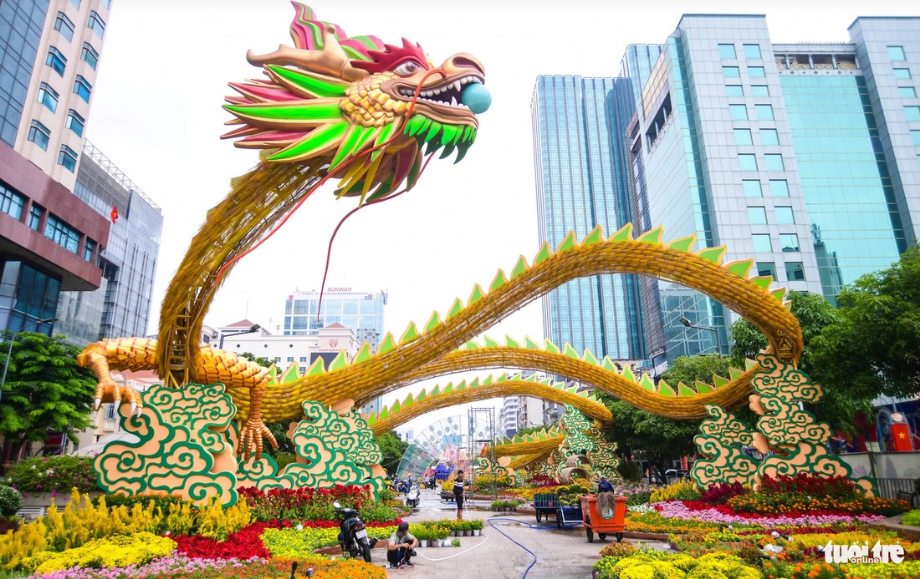
![[Photo] Prime Minister Pham Minh Chinh presides over a meeting on private sector economic development.](/_next/image?url=https%3A%2F%2Fvphoto.vietnam.vn%2Fthumb%2F1200x675%2Fvietnam%2Fresource%2FIMAGE%2F2025%2F12%2F20%2F1766237501876_thiet-ke-chua-co-ten-40-png.webp&w=3840&q=75)









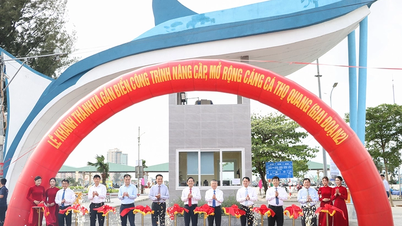





















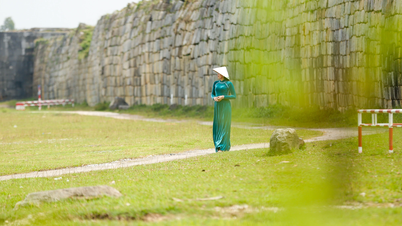


























































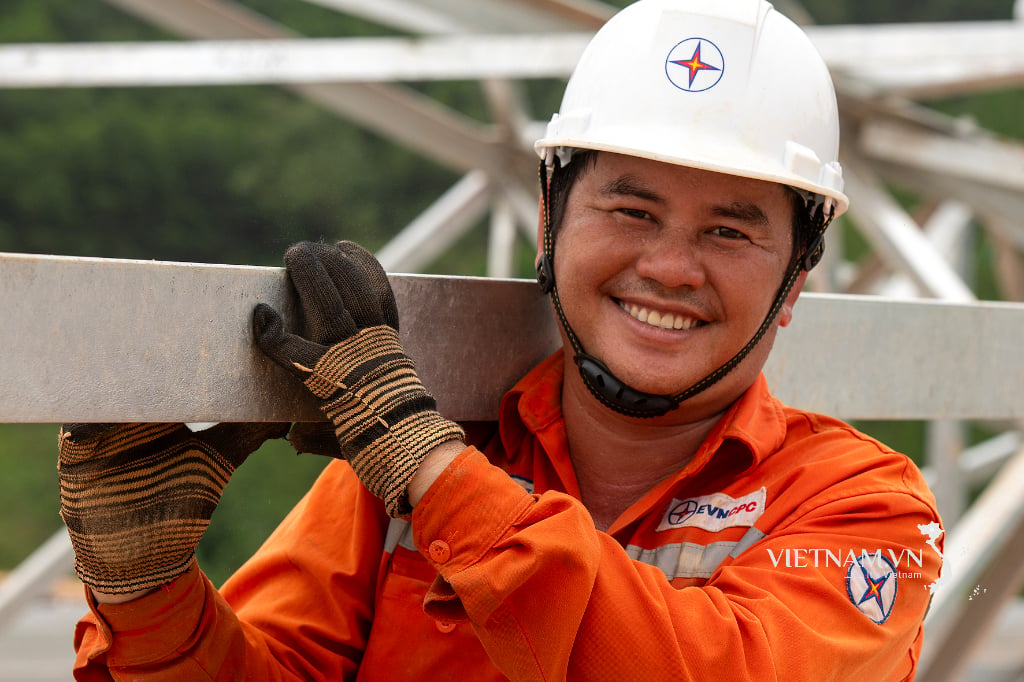

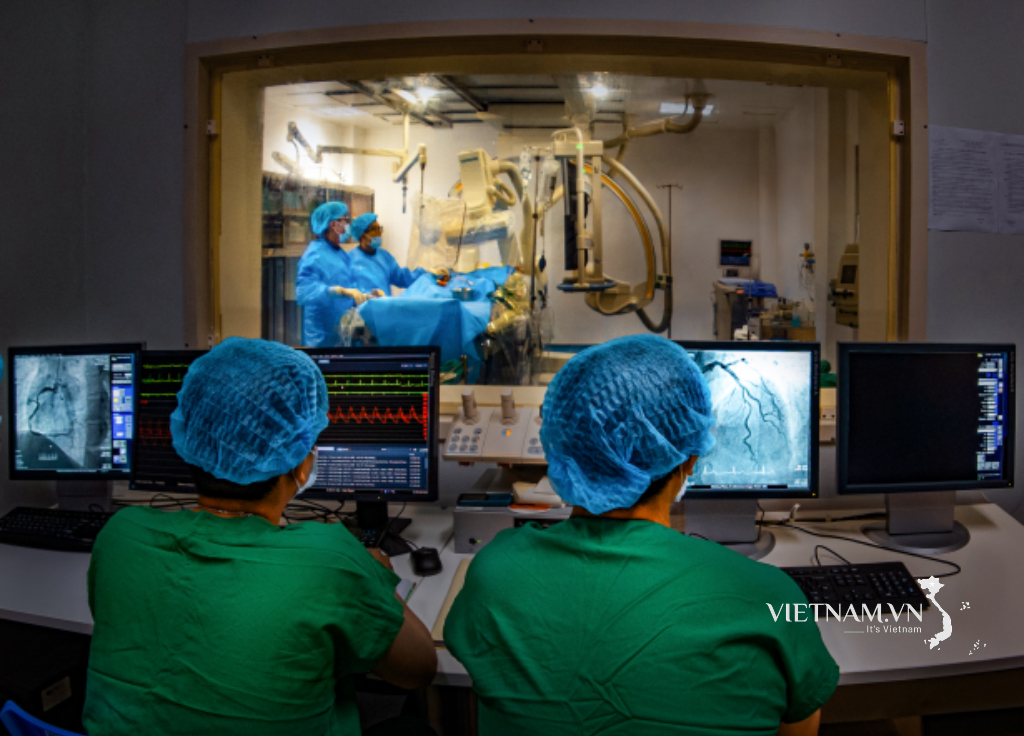

Comment (0)